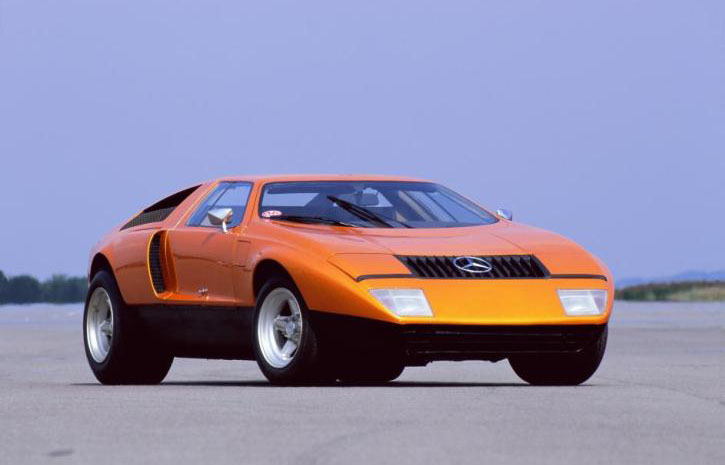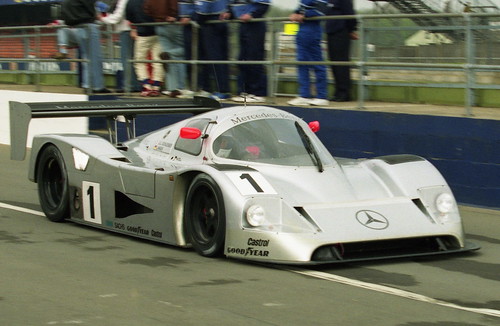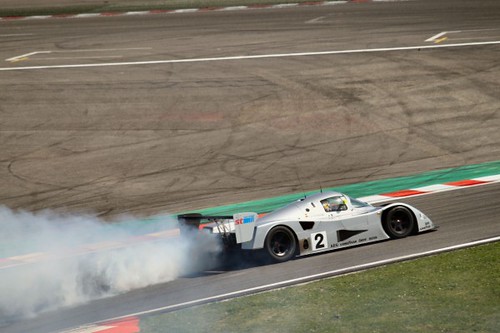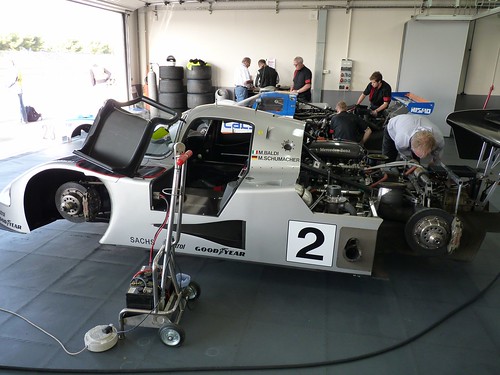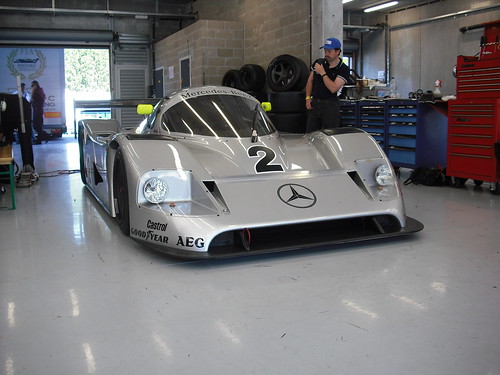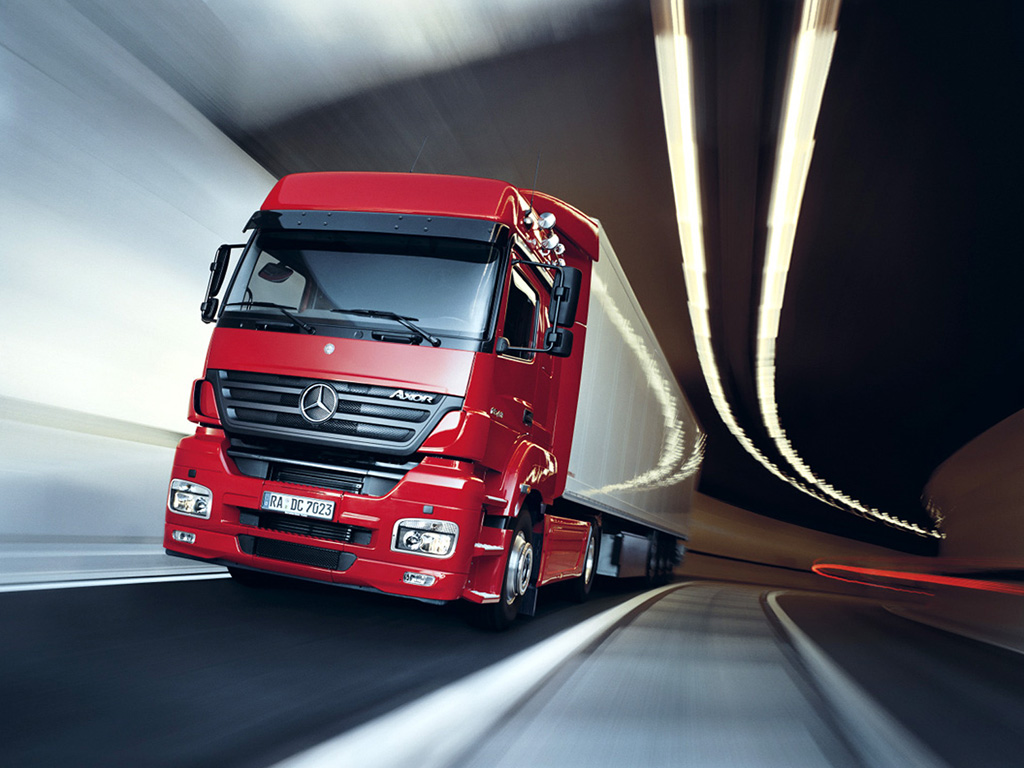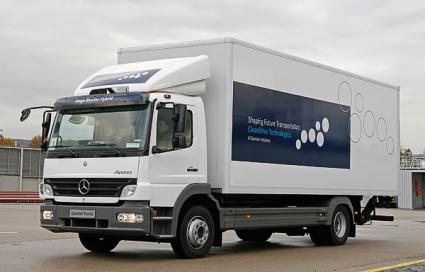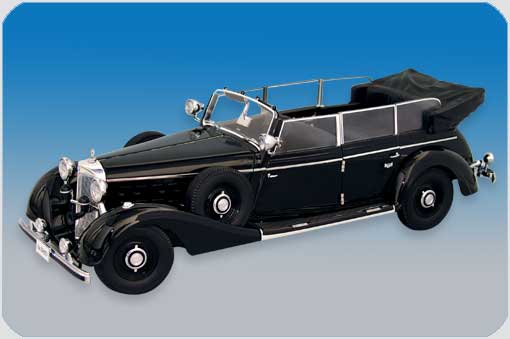
The company decided not to adopt the Wankel engine and turned to Diesel experiments for the third C111. With its 230 horsepower (170 kW)@ 4,400-4,600 5-speed manual straight-5 turbo-Diesel, the C111 broke nine diesel and gas speed records. With more aerodynamic bodywork that gave it an air drag coefficient of an incredible .191, the C111 eventually hit 200 mph (322 km/h) at Nardò in 1978, and averaged 14.7mpg@ 316 km/h (195.4 mph) over a 12 hour cruise. A later 500 hp (372 kW) 4.8 L twin KKK-turbocharged V8 version set another record, with an average lap-speed of 403.78 km/h (250.958 mph). It was achieved by Dr. Hans Leibold in 1 minute, 56.67 seconds on May 5, 1979.



